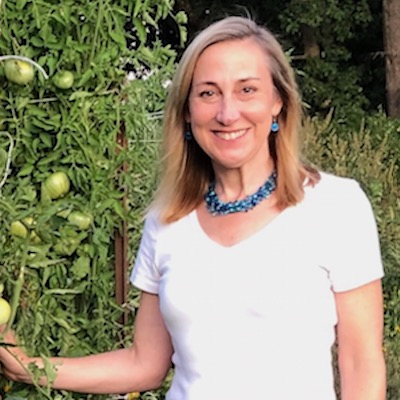
Caption
Sage is a useful herb that can be easily grown in your garden.
Discover how to plant, grow, and harvest garden sage—an aromatic, easy-to-grow herb.
Read Next
Types
- ‘Berggarten’, a robust plant with very large silver-gray leaves
- ’Tricolor’ sage, for a bit of color in the garden (yellow, mauve, and sage green)
- ‘Icterina’ has green leaves with yellow edges

Gardening Products
Cooking Notes
A great way to incorporate the healing benefits of sage is “Sage Butter.” With two ingredients and 5 minutes, you have an amazing herbal butter that’s wonderful on sweet potatoes, chicken, tossed vegetables, fried eggs, toast, popcorn, and whatever you wish!
In the video below, herbalist Patty Sanders shows us how to make sage butter—and also talks all about the healing benefits of sage.
More Like This
Russian sage (Perovskia atriplicifolia) is a beautiful bushy perennial plant that grows 3 to 5 feet tall, in zones 4 to 9. It appreciates full sun and well-drained, sandy or loamy soil. Drought tolerant, although appreciates consistent watering the first year. Deer resistant. It flowers in summer. In early spring before new growth emerges, cut it back to about one foot. It will often die back in northern winters, but resprout in spring; provide winter protection in northern climates.
Please note that this is not the same as culinary sage--do not eat the leaves. The flowers are said to be edible, but try just small taste at first, if desired, to make sure there are no allergic reactions.











Comments